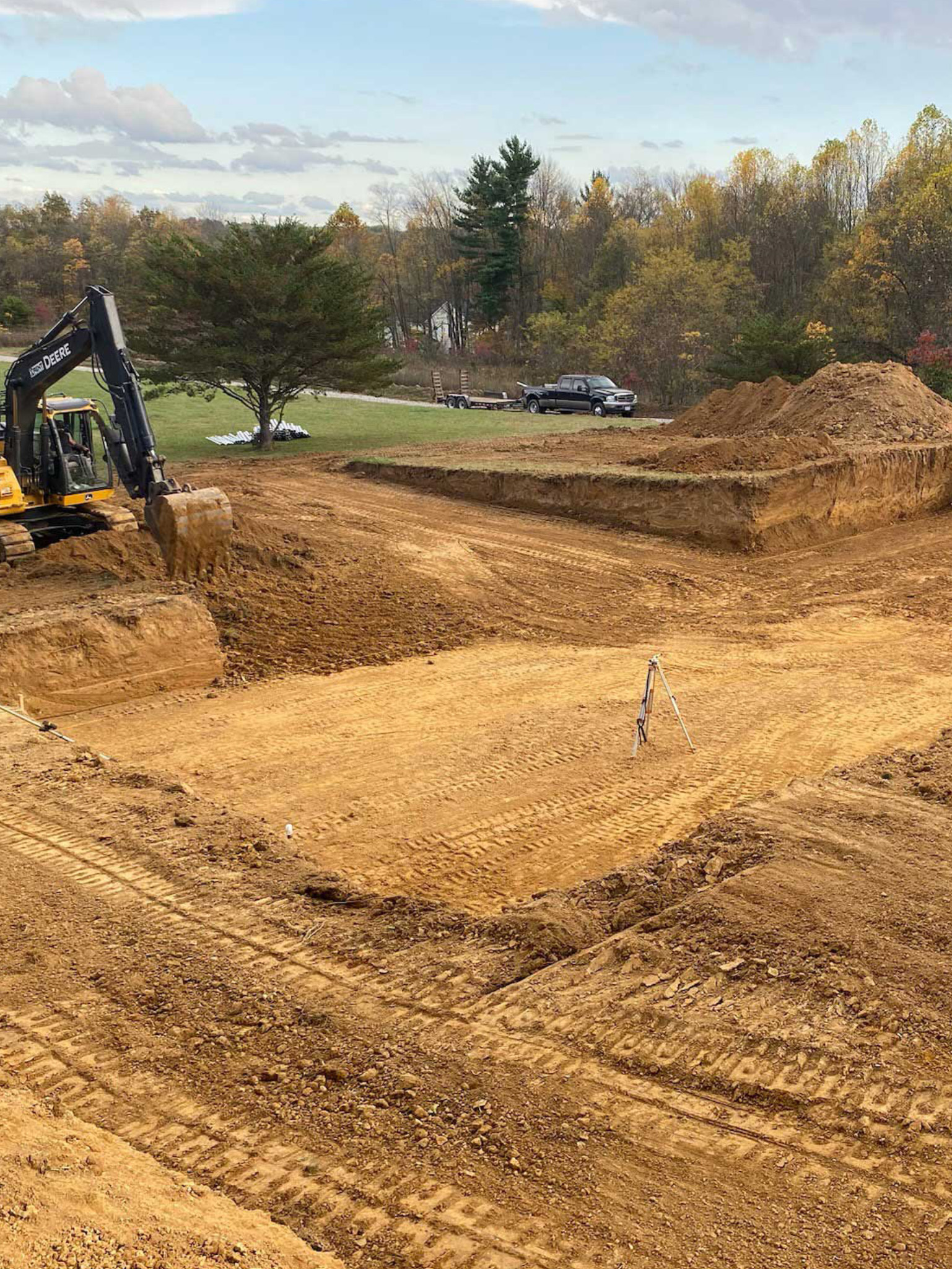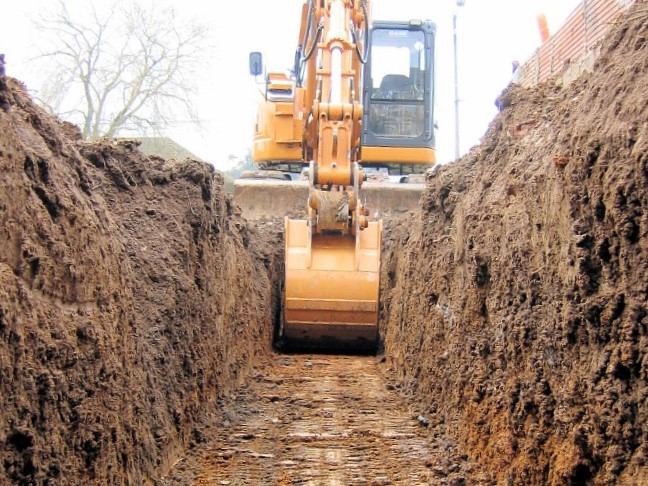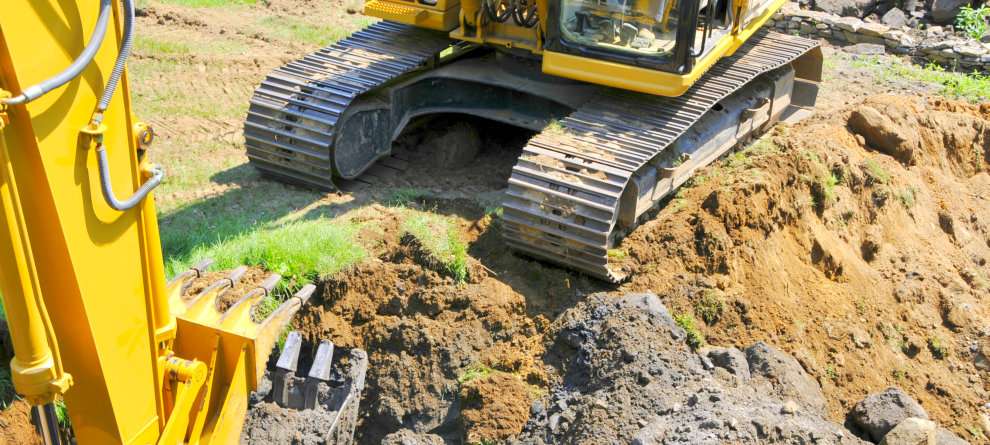Revealing the Art of Excavation: Pro Tips for Safe and Efficient Digging
In the world of excavation, the mastery of safe and effective excavating is an art type that needs understanding, adherence, and precision to well established methods. As soil is transformed and earth is moved, the details of excavation reveal themselves, demanding a keen understanding of tools, dirt composition, security protocols, and ecological factors to consider. The experience required to navigate these components efficiently can mean the difference between an effective excavation task and a possible disaster. By untangling the layers of this elaborate procedure, a globe of insights and approaches awaits those looking for to elevate their excavation skills to new heights.
Relevance of Correct Devices
To ensure the safety and security and efficiency of any excavation project, using the proper devices is vital. Excavation tasks differ in extent and intricacy, varying from tiny household landscape design work to massive building and construction endeavors.
These versatile makers come in numerous sizes to fit different task demands. Small excavators are perfect for smaller sized jobs, while bigger excavators tackle extra substantial jobs successfully.
Excavators excel in tasks that call for pushing big amounts of soil or debris. By spending in the proper equipment, excavation jobs can be finished securely, on time, and with precision.
Comprehending Dirt Structure
A comprehensive grasp of soil composition is fundamental for performing excavation jobs with precision and safety and security. Understanding the different kinds of dirt is critical as it straight influences excavation approaches, tools option, and total task performance.
Sand fragments are the biggest and give excellent water drainage yet use little communication. Silt bits are smaller than sand but larger than clay, offering modest water drainage and communication. Clay fragments are the smallest and provide high cohesion yet bad drain. Organic matter, such as decaying plant product, influences soil fertility and stability.
Prior to beginning excavation, conducting dirt examinations to identify its composition and features is necessary. This info helps in selecting the ideal devices, executing precaution, and establishing excavation methods tailored to the details soil conditions - lancaster trenching. By recognizing dirt make-up, excavation specialists can enhance project outcomes while ensuring safety and security and adherence to best techniques
Security Procedures and Protocols
Comprehending soil make-up is the foundation whereupon safety measures and methods for excavation tasks are constructed, making sure the wellness of employees and the success of the venture. There are numerous vital procedures that have to be carried out to reduce dangers and stop crashes. when it comes to security during excavation.
First and foremost, before any type of excavating commences, a detailed evaluation of the website must be performed to identify any type of potential threats such as underground energies, unsteady soil problems, or close-by frameworks that might pose a danger. It is important to have a qualified person supervise the excavation procedure to make sure that all safety methods are complied with strictly.
Furthermore, all workers associated with the excavation needs to be effectively educated in risk-free digging practices and the correct procedure of tools. Individual protective equipment (PPE) such as tough hats, high visibility clothes, handwear covers, and safety boots must be put on in any way times to minimize the danger of injuries. dump truck companies in ohio. Regular security meetings and toolbox talks must also be conducted to keep all employees notified regarding read possible hazards and strengthen safe work techniques. By sticking to these security actions and methods, excavation jobs can be finished effectively and without occurrence.
Effective Excavation Preparation
When embarking on an excavation job, thorough planning is crucial to make sure efficiency, safety and security, and successful outcomes. Effective excavation preparation involves numerous essential steps that are published here important for the smooth execution of the job.
Once the website analysis is complete, the next step is to produce a clear timeline and schedule for the excavation tasks. This consists of determining the series of tasks, equipment needs, and workforce allocation. Appropriate scheduling assists prevent hold-ups and ensures that the project remains on track.

Furthermore, interaction amongst all group participants is paramount throughout the planning stage. Clear instructions, normal updates, and reliable control are crucial for an effective excavation task. By spending time and initiative in thorough preparation, excavation teams can significantly enhance performance, reduce risks, and achieve effective results.

Handling Ecological Considerations
With boosting focus on environmental sustainability in building and construction methods, managing ecological factors to consider has come to be a vital element of excavation jobs. Excavation activities have the prospective to affect the surrounding setting through dirt erosion, sediment runoff, habitat interruption, and contamination of water resources. To reduce these risks, it is vital to execute ideal practices that prioritize environmental management.

Furthermore, proper waste management is essential to avoid dirt and water contamination. Carrying out treatments for the disposal of harmful products, recycling of waste materials, and lessening the use of damaging chemicals can substantially minimize the environmental effect of excavation projects. By integrating these practices into excavation preparation and implementation, building business can guarantee that their projects are not just risk-free and efficient but also eco accountable.
Conclusion
In conclusion, understanding the art of excavation calls for a complete understanding of appropriate equipment, dirt structure, security measures, and reliable preparation. By following these article guidelines and thinking about environmental elements, excavations can be conducted securely and efficiently. It is crucial to focus on security and productivity in every excavating job to guarantee effective results.
As dirt is turned and planet is moved, the intricacies of excavation expose themselves, demanding an eager understanding of devices, dirt structure, safety methods, and environmental considerations.To make certain the safety and security and performance of any type of excavation project, using the ideal equipment is critical.A thorough understanding of soil composition is basic for carrying out excavation tasks with accuracy and safety and security. Recognizing the various types of dirt is essential as it straight influences excavation methods, devices option, and overall job performance. By understanding dirt composition, excavation specialists can enhance job results while making certain safety and adherence to best methods.